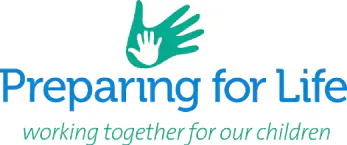Triple P With Home Visits Helps Disadvantaged Kids At School

An extensive European trial has shown that incorporating Triple P into a home visiting program can reduce inequality, by improving children’s cognitive development, attention control, motor skills and social skills.
The Preparing for Life program offered home visits to families in disadvantaged areas in Dublin. Home visits and mentoring started in pregnancy at 21 weeks and continued until the child started school (at about four or five years).
Mentors visiting the families were also trained to deliver Triple P and baby massage.
The University College Dublin’s evaluation, by a research team of economists, developmental psychologists and clinical epidemiologists, showed that improving the way a child was raised could help reduce inequality, said Professor Matt Sanders, who is the founder of the Triple P – Positive Parenting Program.
“Children grow up with different levels of advantage, but this trial shows that we can offer them some resilience to the effects of growing up in poverty by giving their parents the confidence to parent well,’’ said Prof Sanders.
“Preparing for Life offered mentoring for families in a disadvantaged area in Dublin by offering parents high-quality information about parenting and child development,” he said.
The University of Dublin’s randomized control trial separated parents into two groups. A high treatment group in Dublin received the full Parenting for Life program, while a low-treatment group did not receive the mentoring program, Triple P or the baby massage program.
Of the 115 families in the high treatment group in the trial, 55 also did Group or Primary Care Triple P, or Triple P Discussion Group. All families in the high treatment group were exposed to Triple P during home visits.
“Consequently, the principles and techniques of Triple P influenced the way in which mentors encouraged parents to interact with their children,” Prof Sanders said.
He said the evaluation found that children in the high treatment group had a 10-point IQ gap over children in the low treatment group.
Other major impacts when the children were at school entry age included:
- 25 per cent of high treatment children had above-average verbal ability, compared to eight per cent of low treatment children
- High treatment children were better able to control their attention
- High treatment children had better gross and fine motor skills
- Children in the low treatment group were more likely to not be on track in their social competence (43 per cent) than the those in the high treatment group (25 per cent not on track)
Read the full report.

